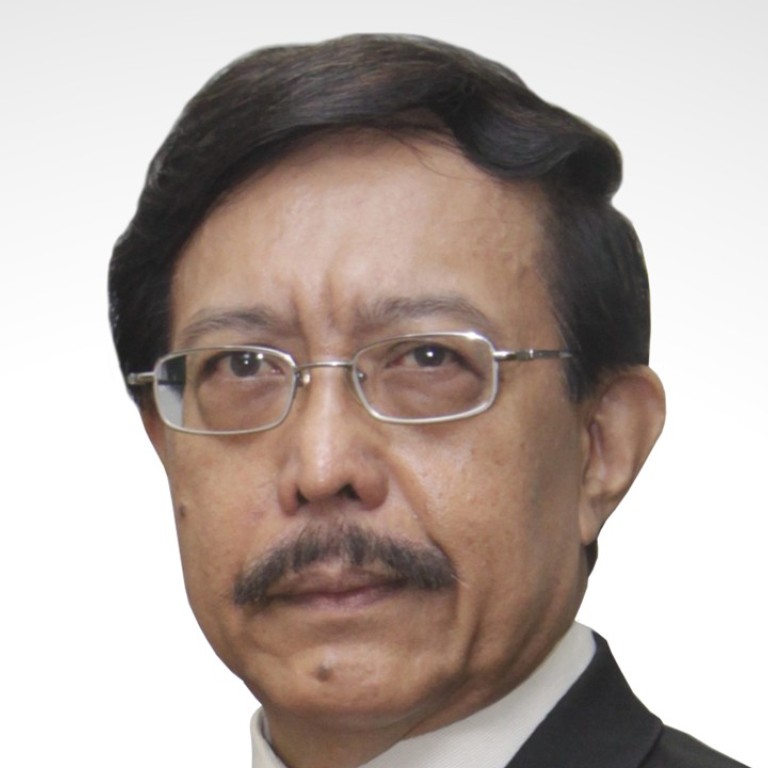
Sabah continues rise as global hub with enhanced logistics, incubation programmes
Sapangar Bay Container Port accommodates higher volumes with more efficient operations and competitive freight charges
Hilton Kota Kinabalu opened its doors early this year, signifying a grand welcoming – but not only for tourists looking to experience Sabah’s thriving biodiversity, rugged mountain ranges and unspoiled beaches. The 305-room world-class luxury hotel also ushered in a new era for Sabah’s evolving landscape, where local and international guests have something to look forward to, be it for business or leisure.
“Beyond being a testament of investor confidence in Sabah, emerging industries and businesses such as Hilton are reinforcing the state’s growing role as a global connectivity hub,” says Dr Mohd Yaakub Johari, president and CEO of Sabah Economic Development and Investment Authority (SEDIA). “Last year, Sabah recorded its highest number of visitors at 3.4 million. We aim to raise not only this number, but also the reasons why more people should come, return and stay here.”
SEDIA has overseen the state’s gradual transformation since 2008 when the state and federal governments jointly launched the Sabah Development Corridor (SDC) initiative, whose vision is becoming a prime business and leisure destination by 2025. Coinciding with the Eleventh Malaysia Plan’s final leg in the journey towards Vision 2020, the initiative entered the third phase last year, with a key focus on introducing measures and building facilities that enhance global connectivity.
At the forefront of the SDC initiative’s third phase is the Sapangar Bay Container Port (SBCP). Strategically located along the busy shipping routes between Northeast Asia and Europe, the port has taken over the container operations from Kota Kinabalu Port, and is positioned as the premier transhipment hub for the Brunei Darussalam-Indonesia-Malaysia-Philippines East Asean Growth Area (BIMP-EAGA).
“Rivalling other international ports, SBCP’s state-of-the-art facilities can accommodate higher volumes with more efficient operations and competitive freight charges. Amid the continuing success of e-commerce, efficient shipping and distribution are becoming more vital than ever,” Johari says. “This is why aside from developing SBCP, we are also looking at building an aviation and air freight hub that will complement the nation’s objective of becoming a true Asean and global logistics hub.”
Alongside infrastructure development, Sabah is also pursuing Industry 4.0 – the modern automation trend involving the integration of internet of things and cloud computing with state-of-the-art manufacturing technologies to create “smart” factories.
Rivalling other international ports, SBCP’s state-of-the-art facilities can accommodate higher volumes with more efficient operations and competitive freight charges
“In addition to enhancing agro-based technologies, Industry 4.0 is foreseen to help leverage Sabah’s natural resources in developing various wellness products,” Johari says. “With efficient, sustainable smart factories, we will not need heavy multinational investment. All we need are 3D printers and automated processes that can be done in smaller, environment-friendly factories.”
This development, in turn, is anticipated to boost SEDIA’s other initiatives – particularly those targeting product innovation and the advancement of small and medium industries and entrepreneurs. Among these is an incubation programme designed to stimulate business start-ups, specifically in knowledge-intensive sectors. Now on its initial phase, the incubator programme leverages two support facilities: one dedicated to information and communications technology-based businesses, and the other focused on biotech and agro-based industries at Sabah Agro-Industrial Precinct.
“We organise road shows throughout the states, invite speakers, and spread awareness and the spirit of entrepreneurship to potential incubatees who aspire to grow alongside Sabah’s prospering industries,” says Ynez Teo, senior executive of investment and business development division at SEDIA. “We start off with the business model canvass, encouraging them to create ideas then guiding them through other business elements such as marketing and financing.”
Open to the general public, the programme also covers industry opportunities, business assistance and advisory services. Since its launch, the initiative has reached more than 10,000 potential incubatees throughout Sabah’s districts.
“The path towards global connectivity may be long and formidable, but so is our commitment to seeing our vision – for Sabah and Malaysia – through to completion,” Johari says. “We hope to attract equally driven partners and investors who share our global aspirations.”
